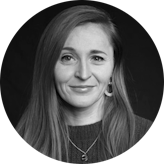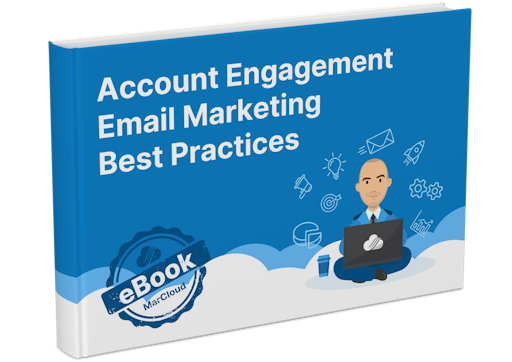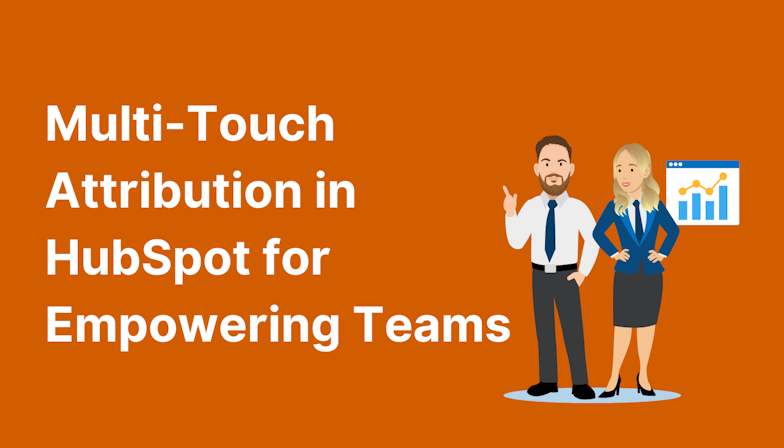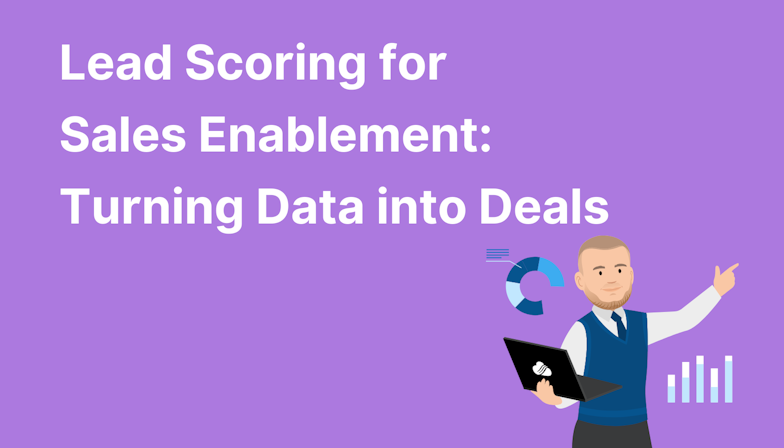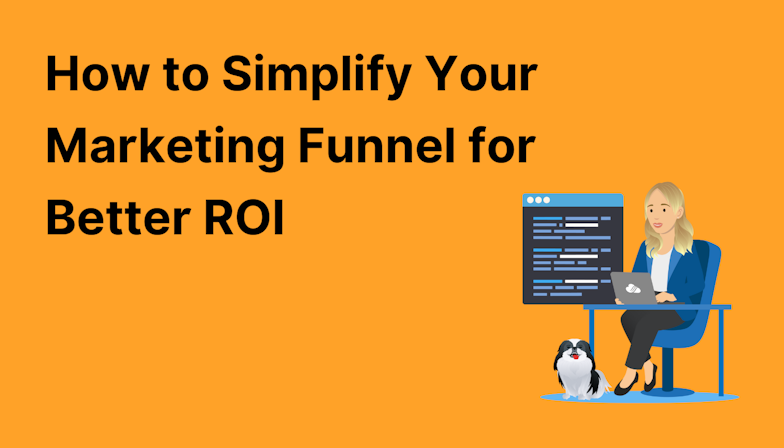As I highlighted (with emphasis!), during the webinar, planning is crucial.
Before you even think about setting up your Engagement Studio, you need to get your objectives clear.
Ask yourself:
What are you aiming to achieve? Is it increasing registrations? Ensuring higher attendance? Or maybe it’s converting attendees into customers post-event?
Who are you targeting, and why are they attending? Tailoring your objectives to specific audience segments can ensure your messaging is relevant.
How will you measure success? Without measurable goals, it’s difficult to track progress or understand how well your program is performing.
Being clear on these aspects means you’ll be in a stronger position to build a logical, focused Engagement Studio program that drives towards those outcomes.
And the beauty of Salesforce’s Engagement Studio is that you can map out each interaction step-by-step, ensuring that no opportunity to engage your audience is missed.
Here’s what to consider:
Define the journey: This is about understanding how you want leads to move through the event cycle - from the first invitation to post-event follow-up. What touchpoints are needed, and what messages are most appropriate at each stage?
Segment your audience: No two prospects are the same, and this is especially true for event marketing. One segment might be long-time subscribers who need a nudge to finally attend; another might be new leads who need an introduction to your brand. Segmentation ensures your messaging is tailored to different needs, and the results are more relevant and effective.
Set measurable goals: Make sure that each element of your campaign is tied to a goal. For example, you might aim to increase registrations by 20% or ensure 50% of your attendees engage with post-event content.
Getting the planning right makes execution so much smoother and ensures you don’t waste time on tactics that won’t deliver.
